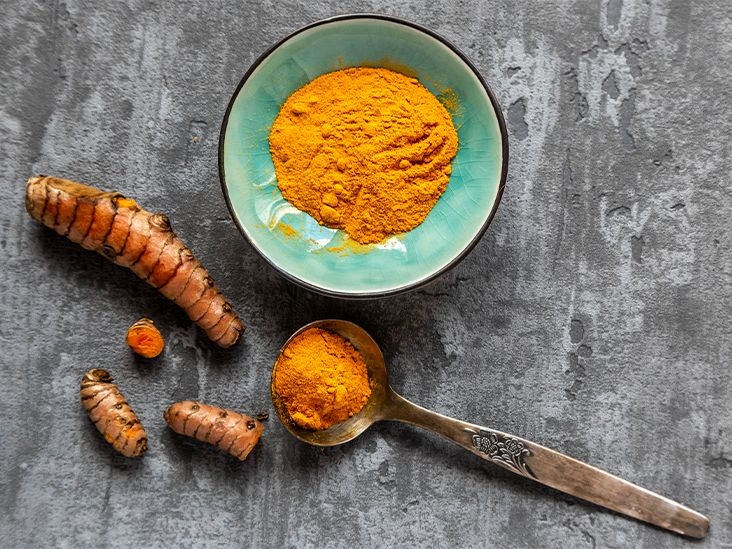

Tumeric: A spice with a rich History .. Day 6
Praise Chukwuegu@praisechukwuegu960554
1 year ago
Turmeric, a vibrant yellow-orange spice, has been an integral part of various cultures and traditions for thousands of years. Native to the Indian subcontinent and Southeast Asia, turmeric has been used for its medicinal, culinary, and spiritual properties. This essay delves into the origin, history, and evolution of turmeric, highlighting its significance across generations.
The earliest recorded use of turmeric dates back to the Vedic period in India, around 4000 BCE. The spice was considered sacred and was associated with the goddess Durga. Turmeric was used not only as a flavoring agent but also as a dye, medicine, and ritual offering. The spice was an essential component of Ayurvedic medicine, emphasizing its anti-inflammatory and antioxidant properties.
As trade and cultural exchange flourished, turmeric spread to other parts of Asia, including China, Indonesia, and the Philippines. The spice became an integral part of traditional Chinese medicine, where it was used to treat various ailments, including digestive issues and skin problems. In Indonesia and the Philippines, turmeric was used as a dye, medicine, and ritual offering, highlighting its cultural significance in these regions.
The Austronesian expansion, which began around 3000 BCE, played a significant role in spreading turmeric to the Pacific Islands, including Hawaii and Easter Island. The spice was introduced to these regions through trade and migration, where it became an essential component of local cuisine and traditional medicine.
In the Middle Ages, turmeric was introduced to Europe, where it was known as "Indian saffron." The spice became a valuable commodity, sought after for its medicinal and culinary properties. However, it was not until the 20th century that turmeric gained popularity in the Western world, particularly in the context of alternative medicine and wellness.
Today, turmeric is recognized for its numerous health benefits, including its anti-inflammatory, antioxidant, and anti-cancer properties. While some of these claims are still being researched, turmeric remains a staple spice in many cuisines worldwide. Its significance extends beyond its culinary and medicinal uses, as it continues to play a vital role in cultural and spiritual practices.
In conclusion, turmeric's rich history spans thousands of years, with its origins dating back to ancient India. The spice has evolved, spreading to various parts of Asia and the Pacific Islands through trade, migration, and cultural exchange. Today, turmeric remains a significant spice, cherished for its culinary, medicinal, and cultural importance.
photo Credit: Pinterest
#WellnessArt
#LostBeautyArts
📍Ideato North, Nigeria
